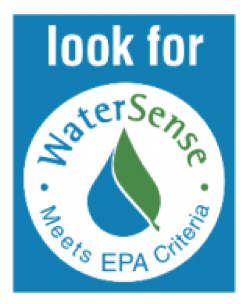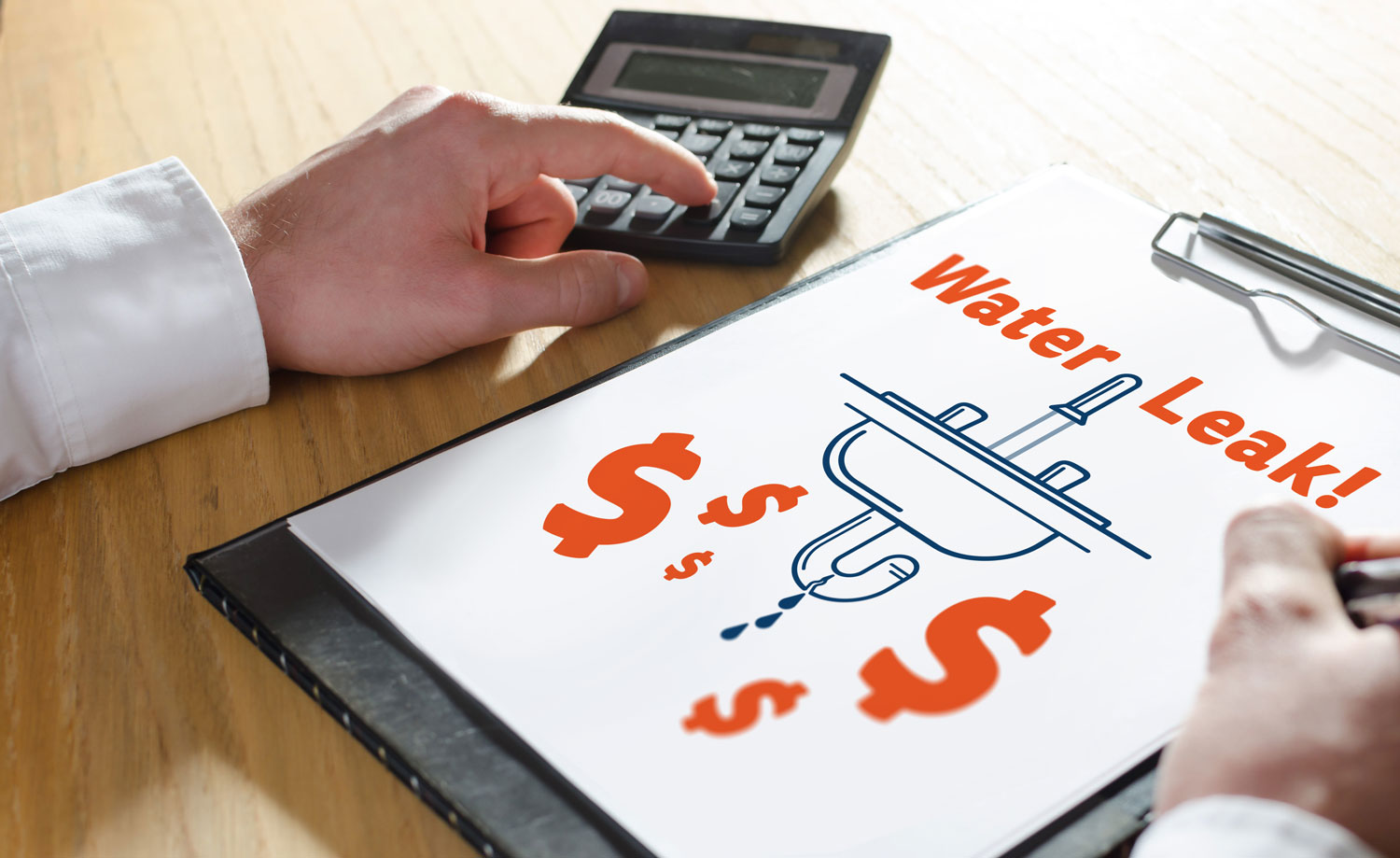You should consider water leak detection service the same as protecting your home from theft. An undetected water leak will rob you like a thief in the night, needlessly inflating your water bill and possibly damaging your home.
Most homeowners in the United States can save about 10 percent on their water bills simply by finding and repairing leaks. A leaky faucet or shower-head dripping at 10 drops per minute will waste 3,000 gallons of water in a year’s time.
Multiply that by the number of leaking faucets – inside and out – and then add in a leaky toilet or two and you can begin to appreciate the cost-saving potential of leak detection and repair. The average American home leaks nearly 10,000 gallons per year; enough to wash 300 loads of clothing, according to the US Environmental Protection Agency.
You May Have a Leak If…
- You hear water running when no taps are open
- Your water meter changes when you haven’t used any water
- Your water bill increases for no apparent reason
- You see foundation cracks
- Vegetation grows unevenly, or soil shifts visibly
- You have warm spots on slab floors
- You have discolored floor coverings (darkened hardwood, for example)
- You can smell bad odors coming from floors or walls.
Any of these conditions warrant some quick DIY water leak detection. There are several types of water leaks you can find and fix yourself, but for some, you will need a professional plumber.
DIY Leak Detection: Take the 10 Minute WaterSense Challenge

The EPA’s WaterSense program serves a dual role as a label provider for water-efficient products and as an information resource to help you save water.
The 10 Minute WaterSense Challenge is a great place to learn how to do your own DIY leak detection before you turn to a plumber. It includes a leak detection checklist to conduct a walk-through inspection of your home. The 10 minutes or so required can save you hundreds of dollars.
Start with comparing water bills month-to-month to look for any unexplained sudden increases in usage. Most bills refer to hundreds of cubic feet (CCF) of water used. To convert that to gallons, multiply the number of hundreds of cubic feet by 748, the number of gallons in 100 cubic feet of water.
If you haven’t noticed any big increases in your water bill it may be because you don’t have any leaks, but it could mean you have one or more leaks that have been building up so gradually you paid them no attention. The WaterSense checklist back page explains how to do easy leak detection tests throughout your home.
The Water Meter Leak Test and Toilet Leak Test
For example, if you suspect a leak, you can confirm it with a water meter leak test. First shut off the water supply valve at the meter, after closing all water taps. Write down the meter reading.
Do not use any water, including flushing toilets, for two hours, and then read the meter again. If the meter reading is higher the second time, you almost certainly have a leak somewhere.
About half of all water usage in most homes is in the bathroom, with toilet flushing at the top of the list, closely followed by showers. If you suspect you have a leaky toilet (e.g., water draining from the tank into the bowl between flushes), the cause invariably is the flapper.
As water leaks from the tank into the bowl, the tank water level drops until the valve opens to top it off. This cycle may take place several times each hour.
You can conduct a simple toilet leak test by putting a few drops of food coloring in the tank, then don’t flush it. Check the back after 30 minutes. If the water in the bowl is discolored by the food coloring, you have a leaky toilet. The most likely cause is that the flapper is not seating properly.
Toilet flappers are notorious leakers. The rubber in the flappers gets hardened and brittle over time, making it inflexible and preventing the flapper from seating properly into the base. Also, mineral deposits form on flappers over time, with the same result.
Water Leak Detection Equipment Required
Your home handyman skills may be novice or advanced, but at some time you are likely to need professional water leak detection service from a licensed plumber. Leaks in the water lines in your home can be difficult to locate because water can travel on the outside of pipes, as well as on electrical lines and on structural materials in the home.
Plumbers have the equipment, training, and experience to detect leaks anywhere in your home or beneath it.
Your plumbing system requires pressure to force the water through the pipes. When a leak develops, the pressure causes the pipe to vibrate. The vibration produces a hissing or “swooshing” sound that you’re unlikely to hear, let alone locate, without sensitive leak detection equipment.
Leaks have differing acoustic properties, depending on the size of the hole or crack, the pipe diameter and material it’s made of, as well as the water pressure in the pipe. Acoustic leak detection equipment considers all the variables. Underground water leak detection also factors in soil type, compaction, and depth.
In addition to acoustic and sonic leak detection equipment, plumbers also run miniature video cameras through plumbing pipes to locate and evaluate leaks. Thermal imaging cameras can help pinpoint a water leak by visually displaying differences in heat between dry and wet soil.
Underground leaks can result from problems with sewer and water supply lines, including swimming pools and irrigation plumbing systems.
Slab leaks– leaks beneath concrete slabs – can be especially damaging, as they can erode soil beneath your home, which in turn can cause cracks in the slab and foundation. Professional slab leak detection services are essential to locate and repair slab leaks as soon as you think you may have a problem you cannot locate yourself.

